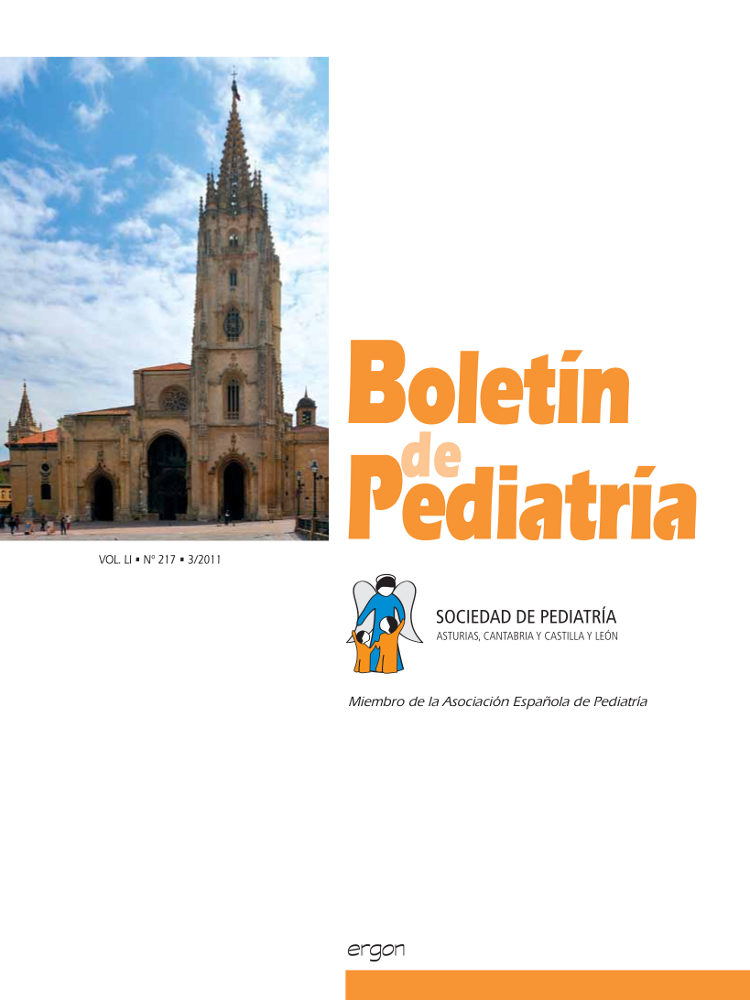Abstract
Objective. An up-dated review is made of the diagnostic procedures and treatment of congenital disorders of glycosylation
of proteins.
Development. With the review of the literature regarding these diseases, details are given of the clinical data that make it possible to perform a well-founded suspicion, stressing the laboratory findings, both those regarding the transferrin isoforms (an increase is found in the disialotransferrin and asialotransferrin and decrease of the tetrasialotransferrin), specific enzymes - deficiency of the enzyme phosphomanomutase and hepatic (transaminase elevation) and coagulation (decrease of the factors) tests and radiological
features (cerebellum and brainstem atrophy with normality of supratentorial structures). Furthermore, the clinical situations needed to make a differential diagnosis are mentioned and the therapeutic aspects are discussed, it standing out that only two disorders: CDG-Ib (oral mannose) and CDG IIc (mucose) have an effective etiopathogenic treatment.
Conclusions. In patients with clinical suspicion of this condition, determination of transferrin is the first step for its diagnosis, completing it with the demonstration of the enzyme deficiency, to confirm the mutations of the PMM2 gene through the analysis. Currently, there is no treatment available for the CDG-Ia form, this being the most frequent variant.

This work is licensed under a Creative Commons Attribution-NonCommercial 4.0 International License.
Copyright (c) 2011 Boletín de Pediatría
